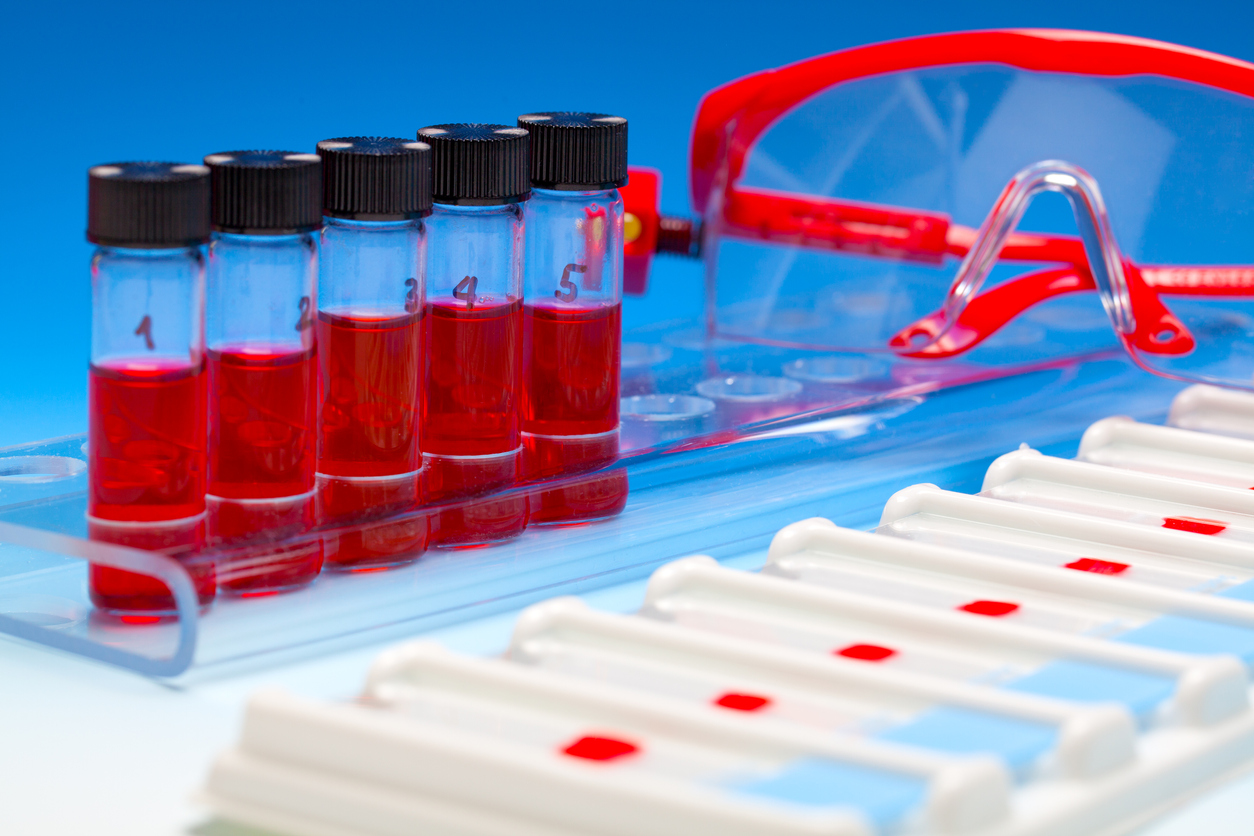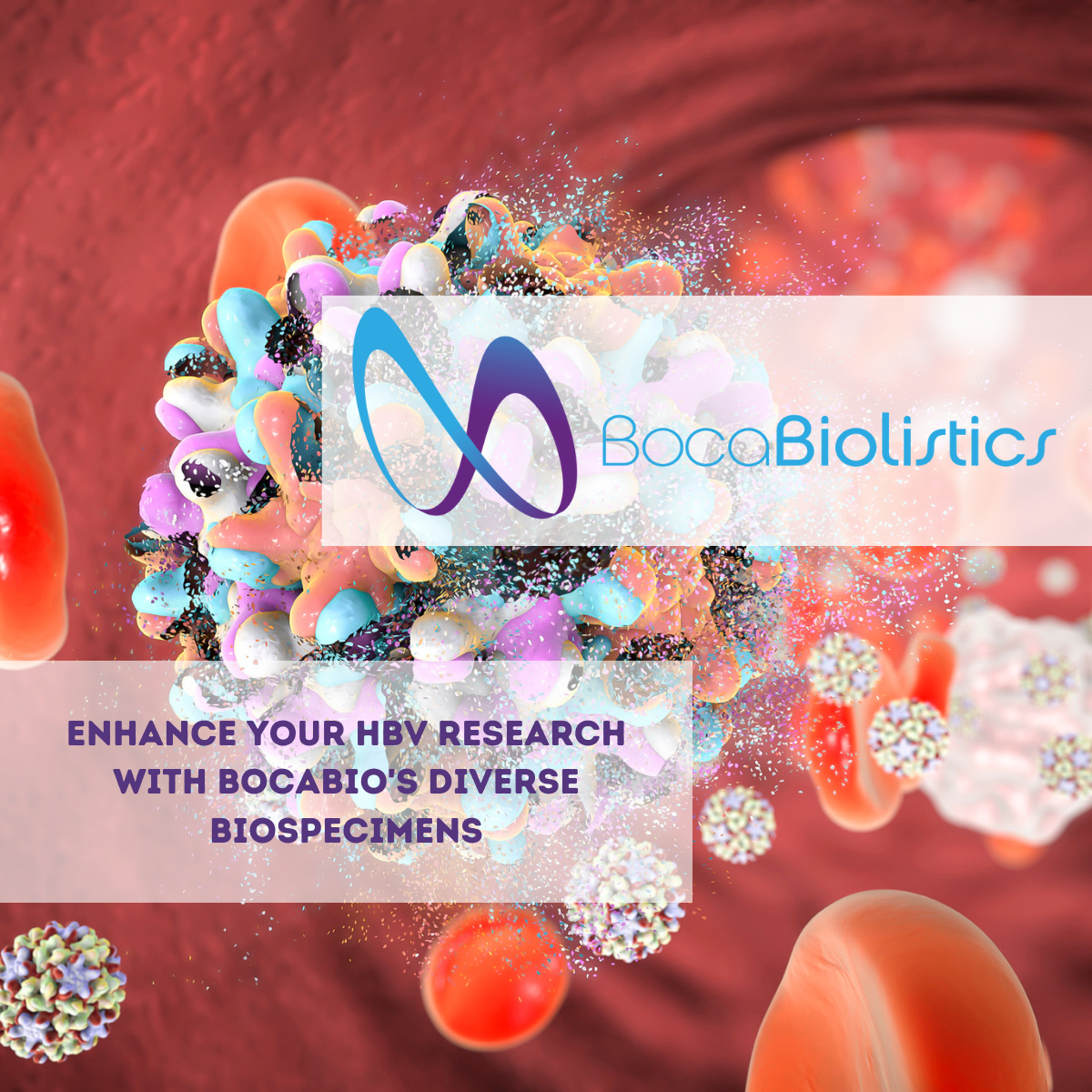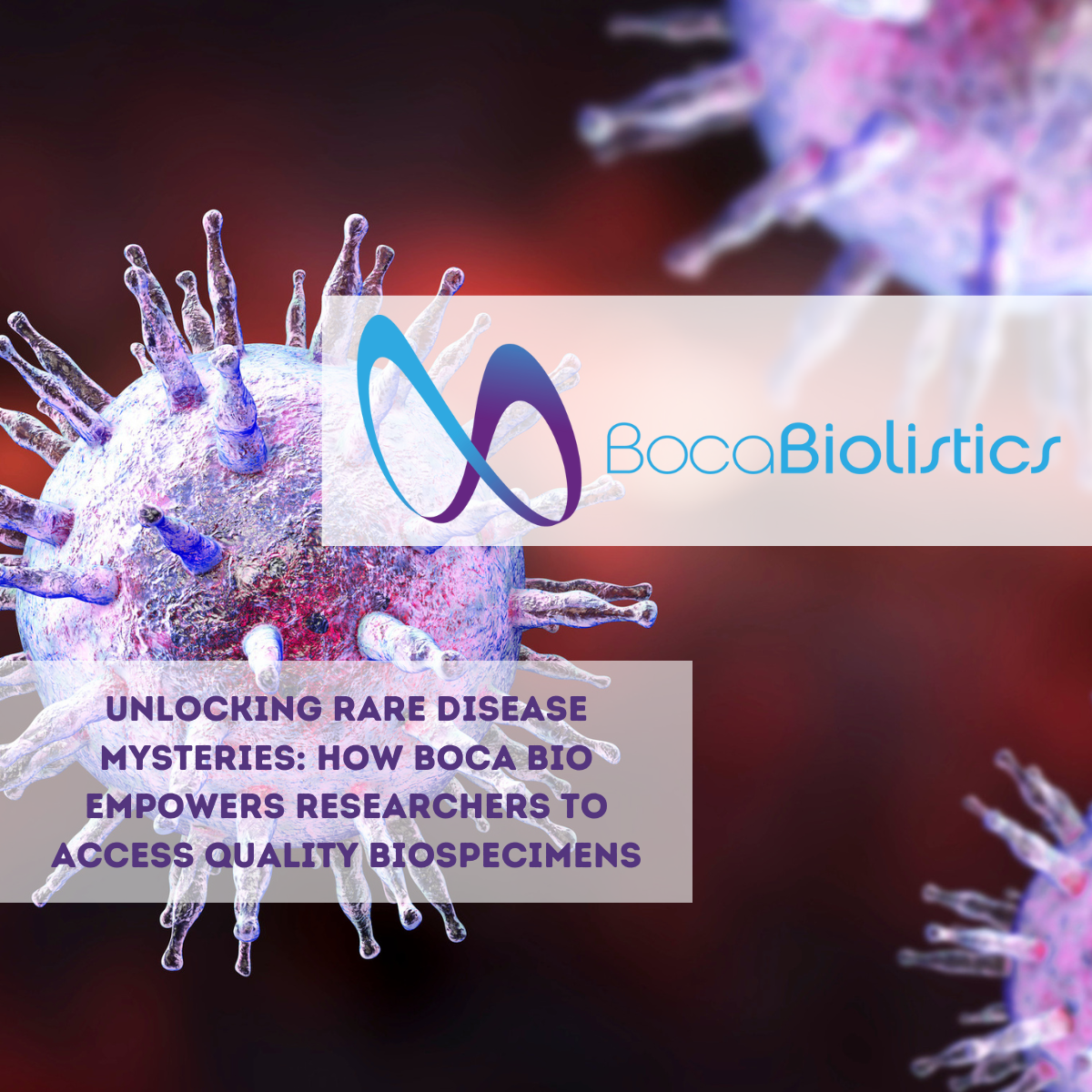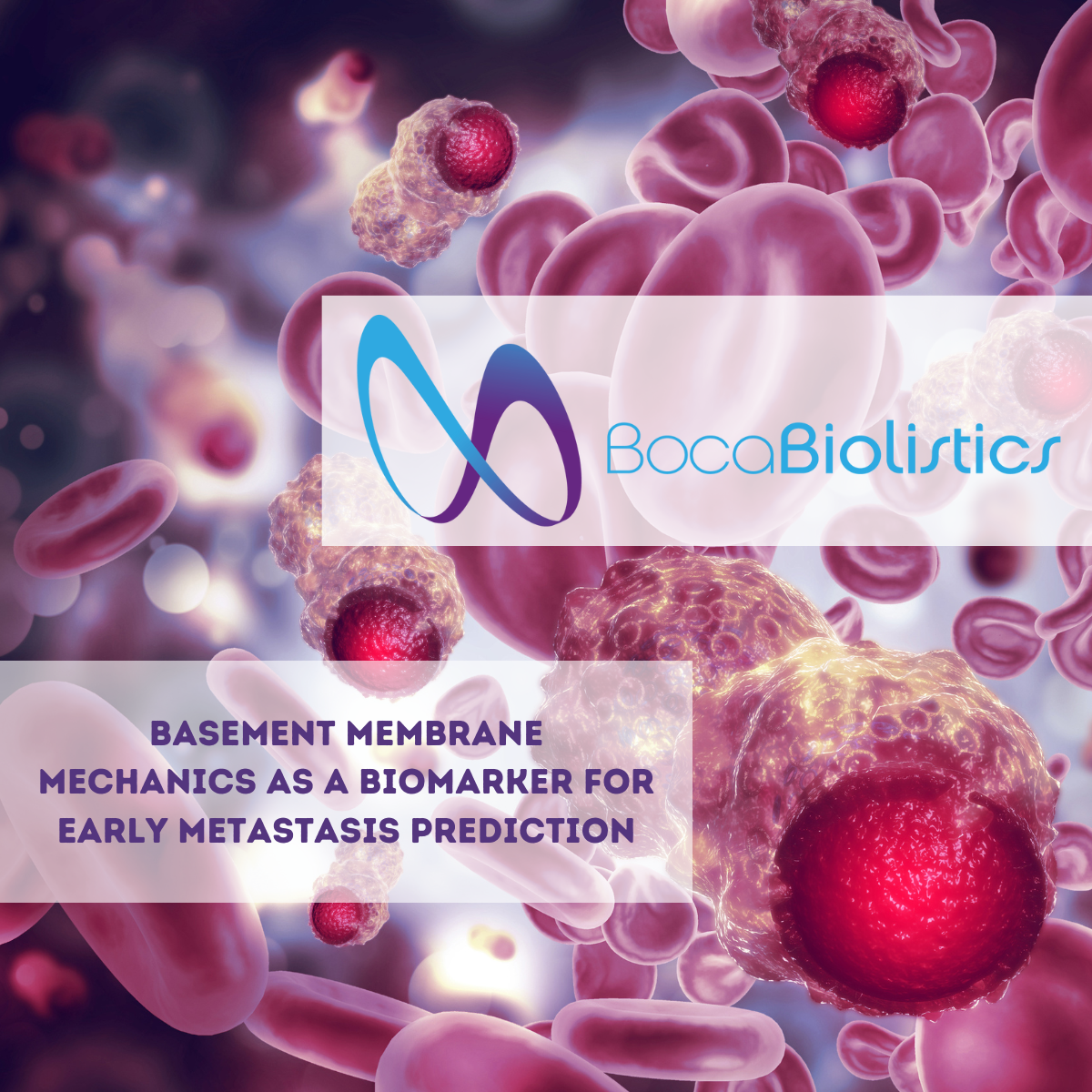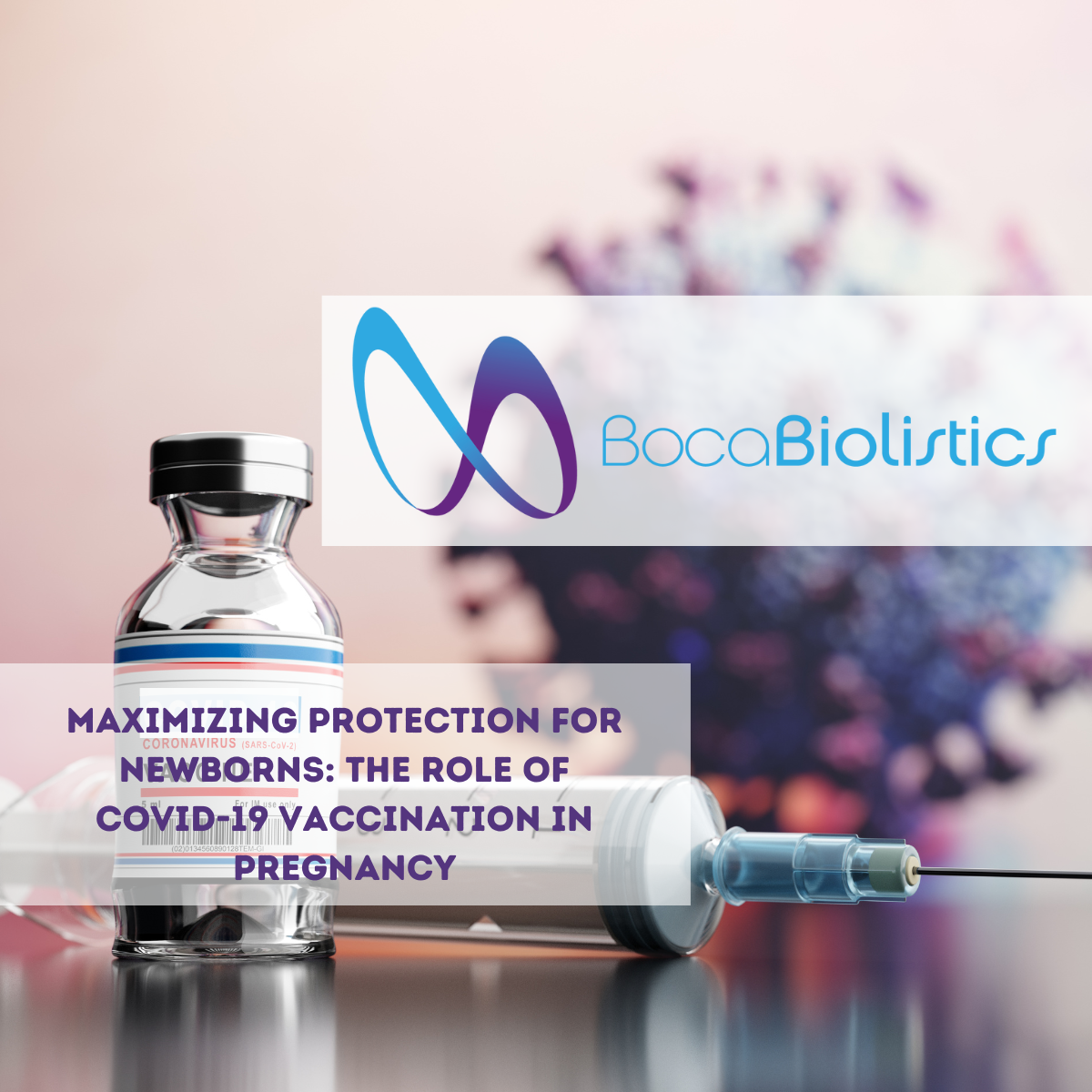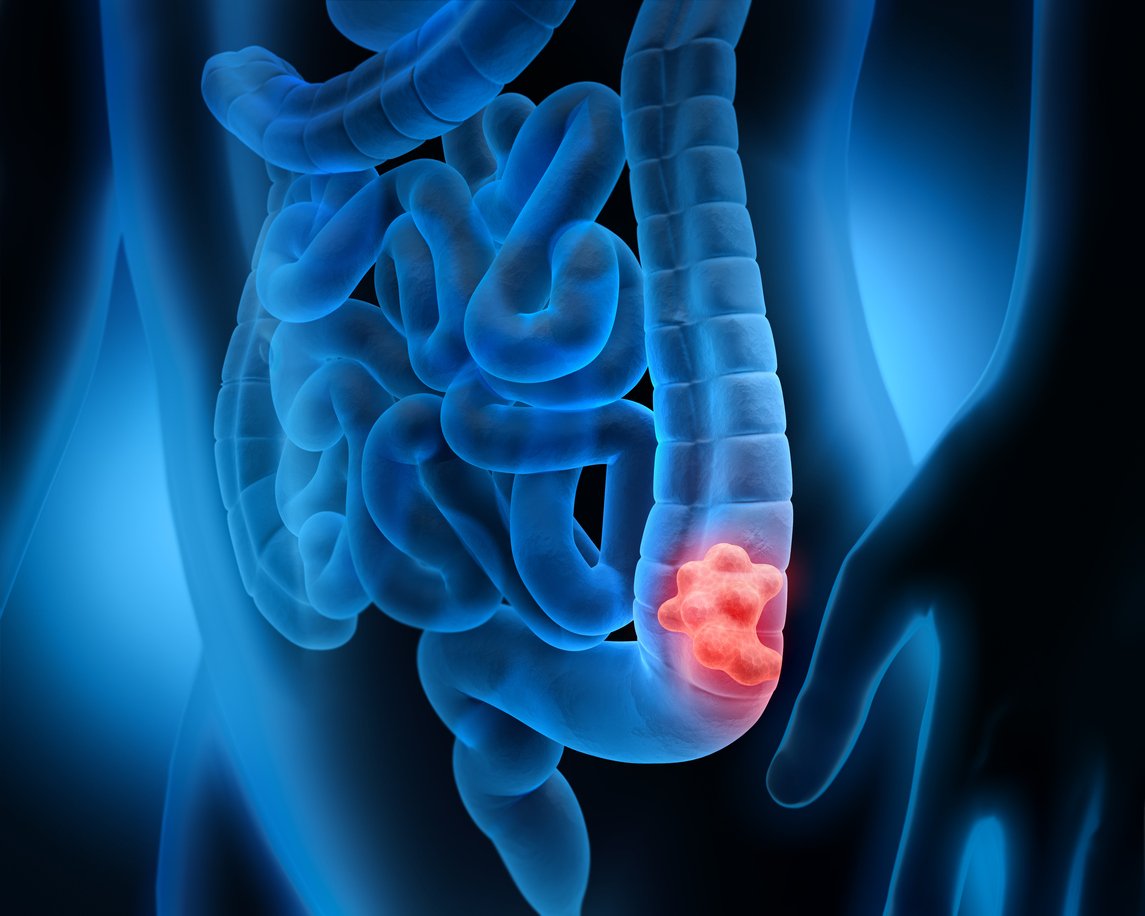Breakthroughs in cancer research are happening and more are on the horizon. One of the things supporting this is improvements in collection and analysis of biospecimens, allowing researchers to get the data they need quickly and easily. These biospecimens can lead to fascinating discoveries in the medical world. Among these newer techniques is the liquid biopsy, which is proving useful for early detection of, and research into, a variety of cancers.
What is a Liquid Biopsy?
In the past, analysis of cancer cells and DNA required taking a biopsy from the actual tumor, which could prove unpleasant and expensive. A liquid biopsy is taking a sample of the patient's blood and analyzing it for DNA that has been shed by the tumor into the bloodstream. Depending on the size and type of the tumor, this may be a tiny fraction to something which dominates their plasma.
This results in a non-invasive, cheaper way to profile a tumor and start targeting treatments. Given the ease of taking a blood sample and the possibility of doing more tests on the same sample, liquid biopsies are proving a useful tool as more sensitive ctDNA (circulating tumor DNA) and CTC (circulating tumor cell) detection methods are created. A liquid biopsy may also find intact cells from the tumor.
How are Liquid Biopsies Used?
Liquid biopsies are already seeing some use, although they do have their issues (including the common problem of false positives). However, liquid biopsies have been used to:
- Find cancer in an earlier stage.
- Predict when cancer is going to reoccur by routinely testing patients in remission. Often an increase in ctDNA preceded any other signs of recurrence. This allowed for quicker treatment.
- Monitor a cancer tumor for genetic changes that might indicate treatment resistance.
Most of the success at this stage has been in patients who already have advanced cancer, in whom liquid biopsies are providing data that can improve treatment outcomes.
What Are the Challenges?
There are still a number of problems with liquid biopsies, and researchers are aiming to solve those problems. Research is taking place in some key areas:
- Better identification of ctDNA. There is a lot of free DNA in any given person's blood, especially that of pregnant women (who often have their child's DNA in their blood). Mis-identifying other types of free DNA can result in a false alarm. Detection systems also need to find much smaller quantities of ctDNA.
- Using liquid biopsies to find the location of the cancer. Right now, a liquid biopsy can tell a patient they have cancer, but the doctors aren't able to find and locate the cancer. A promising line of research is to compare the ctDNA with known markers for common cancer types. This requires having a large library of samples, such as Boca Biolistics' inventory. So far, the best results have been with colorectal and ovarian cancer. A challenge in this area is that sometimes protein markers relate more to a type of tumor than its location.
- Handling the large amounts of data that are being produced. There is some research into using machine learning and artificial intelligence to handle this. In the future, we may have computers that can tell us whether we have cancer and what kind it is, without much input from a doctor (except to provide bedside manner).
- Blood needs to be processed within a few hours of draw. Blood preservation techniques are, however, improving. CTCs and ctDNA are very fragile and particularly sensitive to poor or lengthy handling. This is also true of messenger RNA and other factors which may, in the future, also be used to help with diagnosis and assessment.
What will the Future Bring?
The obvious dream of liquid biopsy is that routine blood tests such as many people have to look for high cholesterol may replace other forms of cancer screening. Doctors will be able to accurately determine that somebody has cancer, where it is and what type and begin treatment before the tumor can even be seen on an MRI. The tests can then be used to monitor treatment response and further personalize treatments.
For this to come about then the challenges above will obviously need to be addressed. But here are some promising trends:
- The FDA has cleared one system for searching blood for CTCs that is designed for patients with metastatic breast, prostate and colorectal cancer. Although it has its limits, there are some promising studies to characterize CTCs at the molecular level, thus identifying therapeutic targets. In plainer English, this means we should soon be able to identify qualities of a tumor from a blood test and choose the right therapy for the patient.
- In the future, cancer patients may have tiny implants inserted in their veins which continuously monitor their blood for tumor cells and alert doctors right away if there's a change in their characteristics. These devices are still in testing and require a lot of data to get to the point where they can be used, but for patients in remission or with more advanced cancer the idea would be that their doctor could call them in based off of an alert from the system.
- Liquid biopsy can be combined with DNA methylation to reveal epigenetic biomarkers. These markers can indicate whether a tumor is going to be resistant to a therapy without needing to try the therapy, allowing doctors to move quickly to treatments more likely to work. This in turn prevents the cancer from developing as far before it can be treated, improving survival chances and lowering the need for particularly unpleasant treatments.

Although liquid biopsy has yet to hit the mainstream, it is already showing promise to help with detection and treatment, especially for common cancers where we have a lot of data. It can and will save lives as we move forward. Getting it to the point of being a useful screening tool is going to take a lot more research. Boca Biolistics can help with this research by providing a large quantity of biospecimens. Check our inventory or call us to find out if we have, or can get, the samples you need for your research.


